An easy way to identify types of trees is by looking at tree bark! To identify a tree, look at the color and surface texture of its bark. Learn about different species of bark below and how to do a tree-bark rubbing.
Download our free (and beautiful) tree bark poster and matching game for kids!
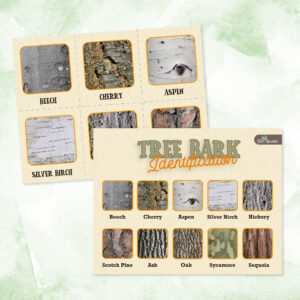
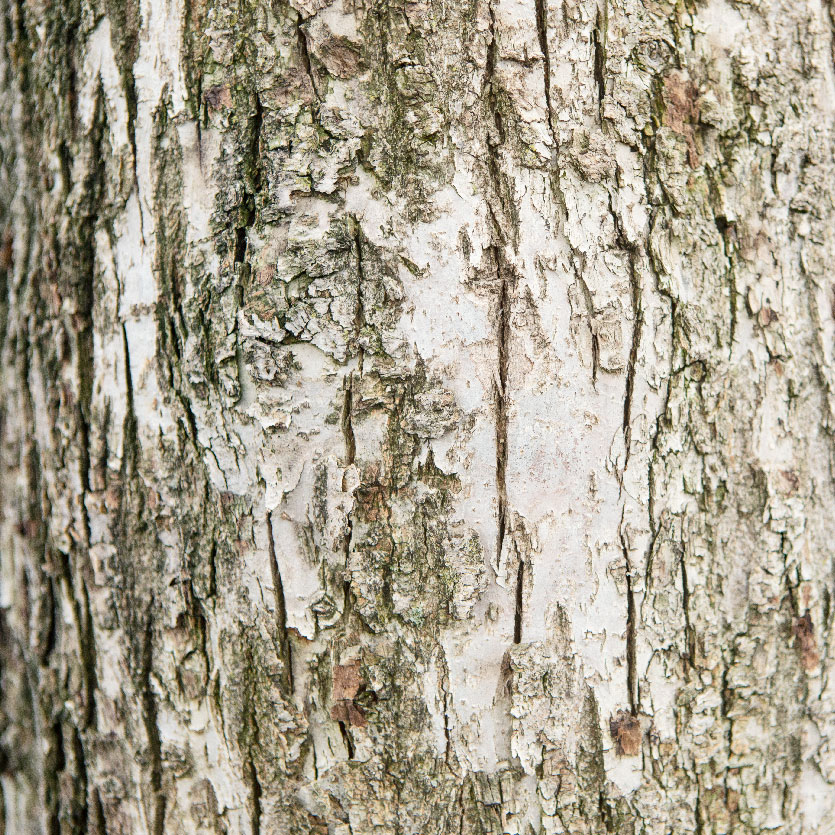
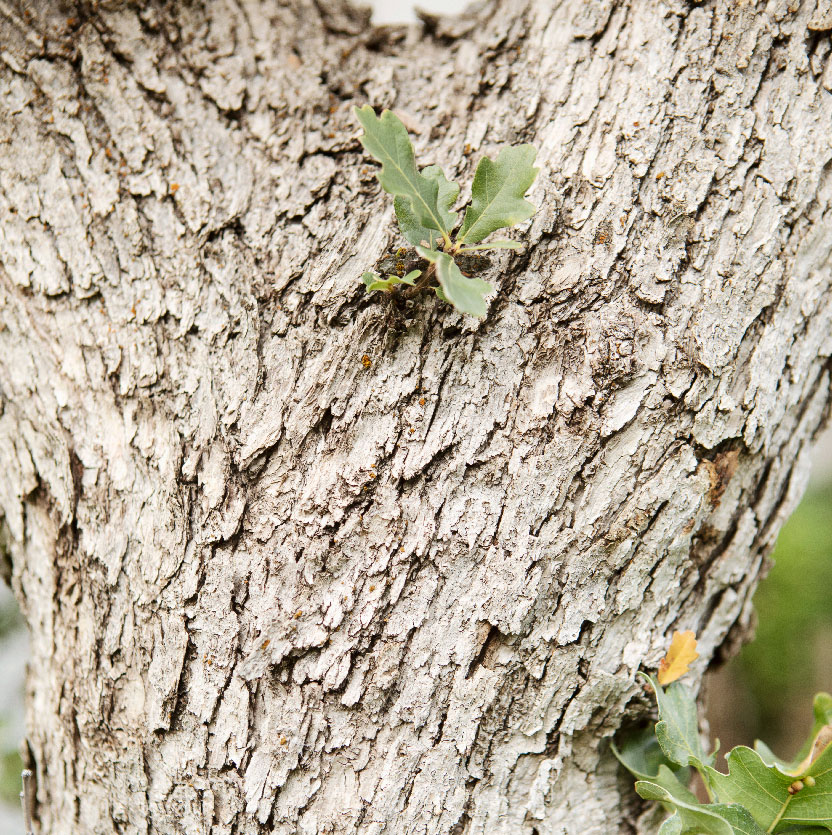
How to Identify Trees by Bark Characteristics
- Beech bark is light gray with a smooth surface.
- Cherry bark is shiny and brown or gray colored with reddish-brown deep grooves that resemble tiger stripes.
- Aspen bark is green-white as a result of its chlorophyll, and it has dark, diamond-shaped openings.
- Silver birch bark is shiny with a white, paperlike outer layer that easily peels off the trunk.
- Hickory bark is gray and flaky with ridges in its texture.
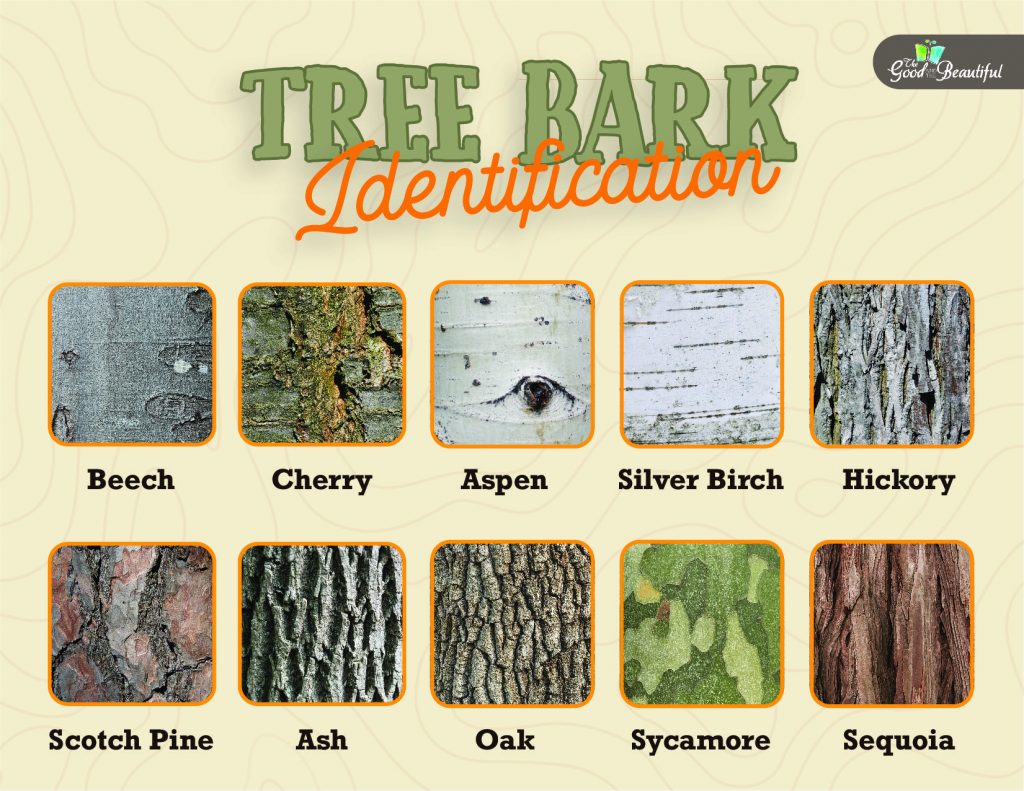
- Scotch pine bark is typically thick and grayish or reddish around the base of the tree, gradually becoming more orange and flaky toward the top.
- Ash bark is smooth and pale gray in saplings, and mature trees have diamond shapes.
- Oak bark can be light gray to near black. It has deep fissures and ridges, giving it a scaly look.
- Sycamore bark is thin and flaky. It looks like camouflage because of its mottled appearance.
- Sequoia bark varies based on the tree’s age. It begins as a gray (even purplish) color and then becomes a reddish-brown color as the tree ages. The bark is soft and has long, vertical plates.
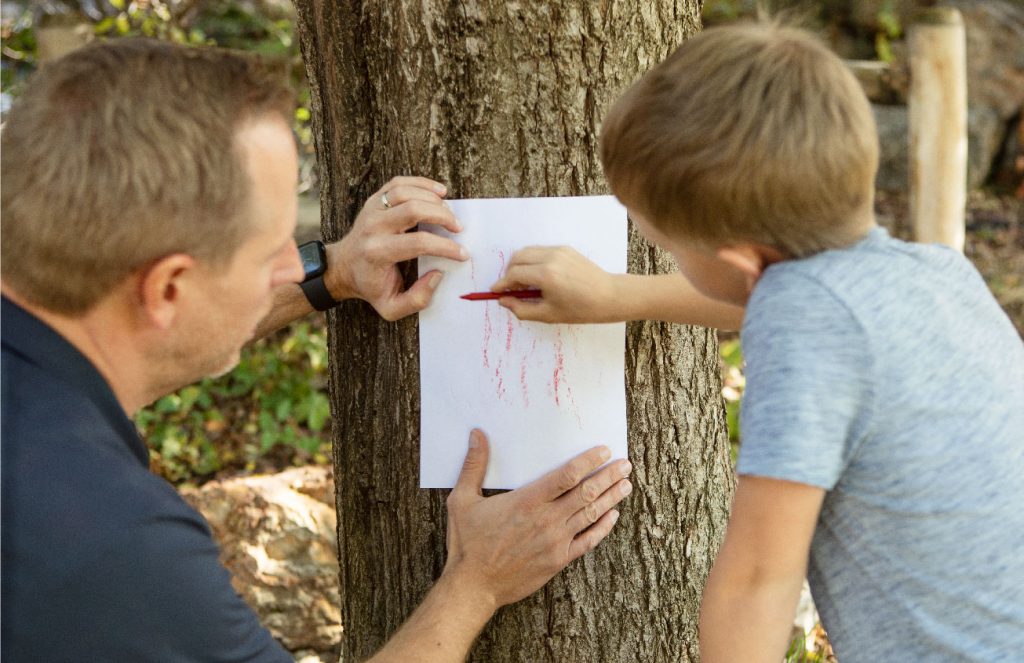
Tree Bark Rubbing
Bark rubbing is a fun and simple activity that reveals the textures and patterns of a tree’s surface. As children complete this activity, they will see the detailed characteristics of the tree’s bark, such as grooves and ridges.
It’s fun to connect with nature while experiencing a new art technique!
Supplies
- Crayons with the paper peeled off (jumbo sized works best for small hands)
- Copy paper
- Pushpins or tape (optional)
Procedure
- Hold, pin, or tape a piece of paper against the bark of a tree.
- Use the side of the crayon, not the tip, to rub over the paper.
- Repeat this process with different parts of the same tree trunk or with additional trees.
Discuss and reflect
- What stands out to you, or what do you notice in your tree rubbings?
- How are the barks similar or different?
- Does the bark appear smooth or rough?
- Did you get different patterns and textures from the same tree, or did the pattern remain the same?
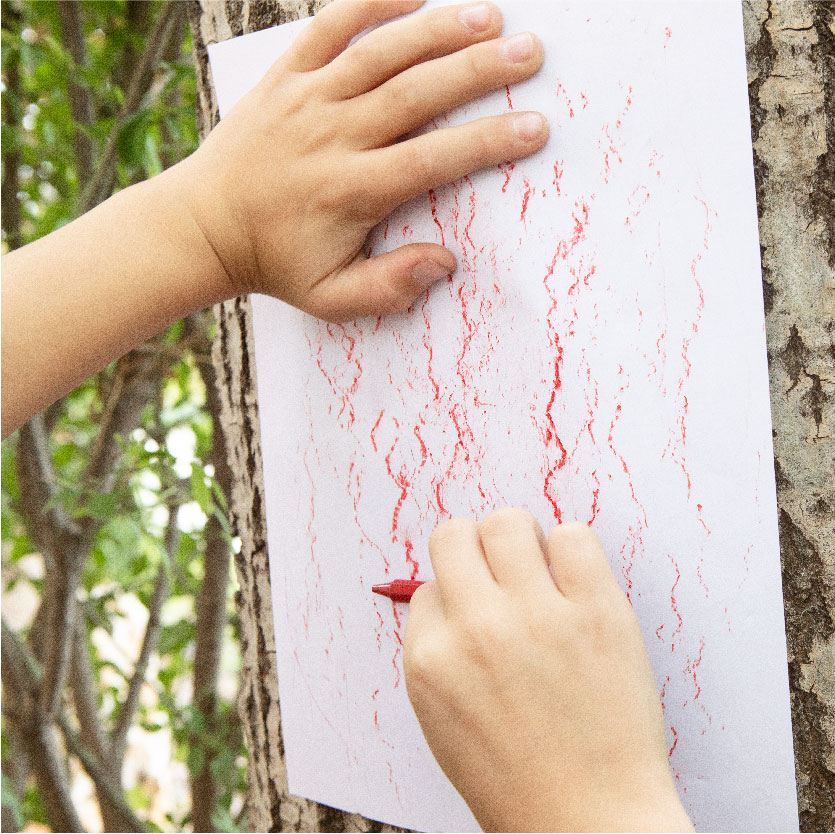
Don’t forget to download our tree bark poster and fun matching game—they’re perfect to take with you as you explore the many amazing trees in our world!

You may also like . . .


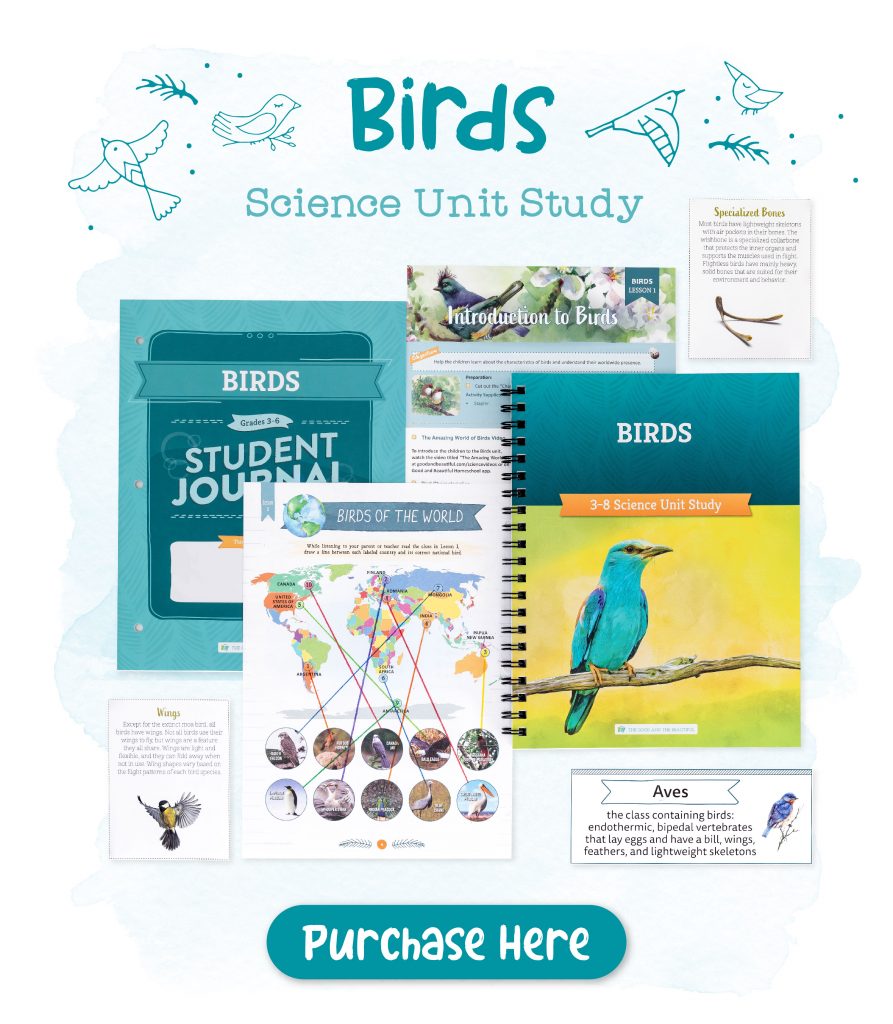



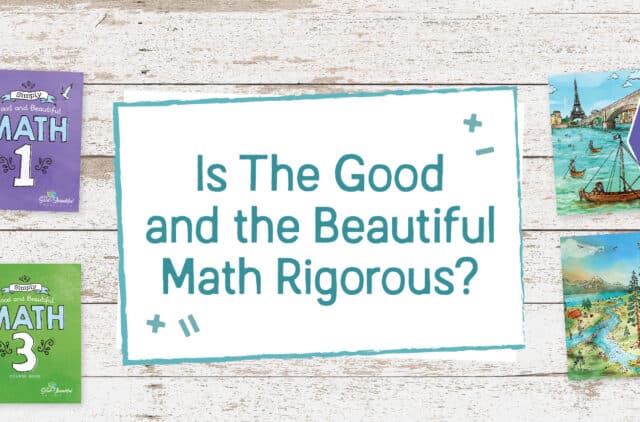
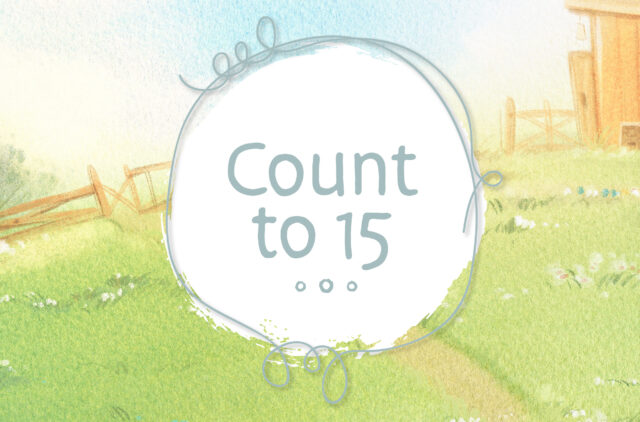

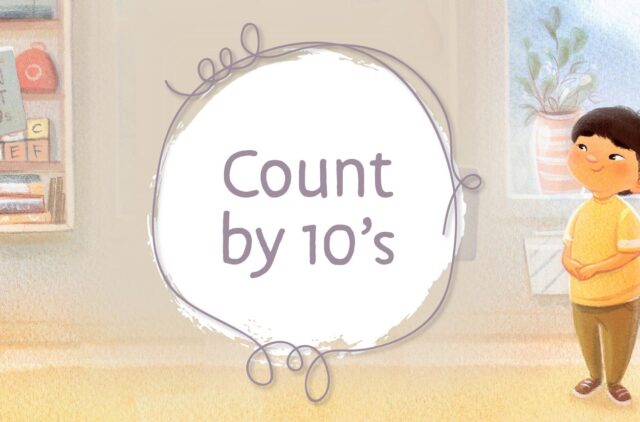
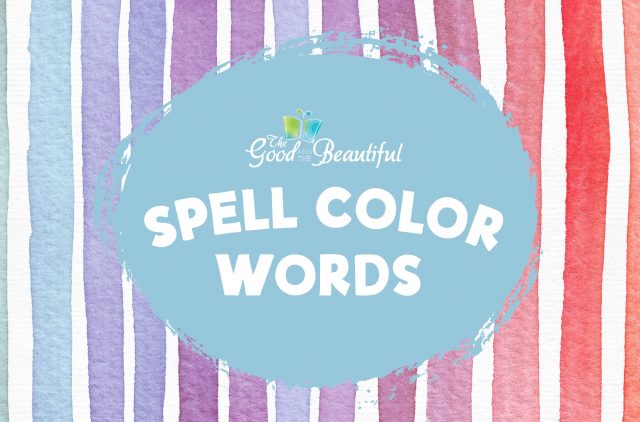

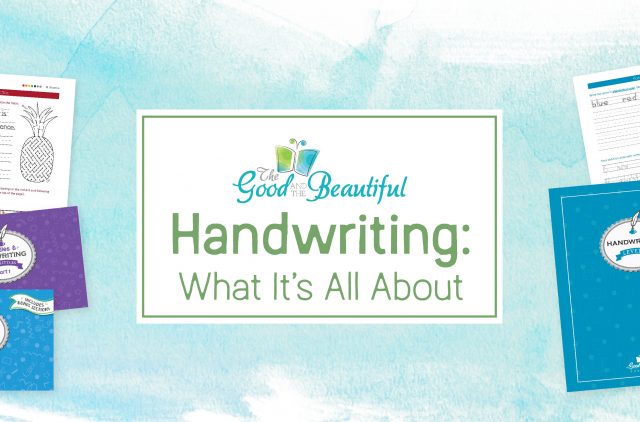
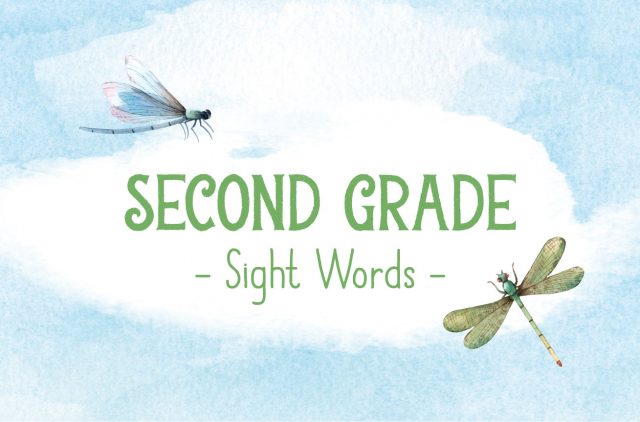
Comments
From the app, which is provided as our resource for purchasing your curriculum… the link will pull up the tree bark identify game but it doesn’t let you save or print it. It essentially works as a preview button. I am in an Apple iPhone but feel this app should work for all devices as phone usuals as a tool is not obscure.
Thank you for your feedback, Cassandra! We’re sorry you’re having trouble with the tree bark download from our app. We can confirm that it is working on our end from both the app and our blog.
You may need to clear your browser history and/or cache. We would also recommend trying a different browser or device as Apple products may not load correctly. We hope this helps!
Thank you for this! We had so much fun doing this activity. Just an idea, it would be so nice if there was a tiny photo of the leaf shape by each bark image to help confirm which bark is from which tree on the “Tree Bark Identification” sheet.
Hi Lindsay! We are so glad your family enjoyed the tree bark identification activity. That is a great suggestion!
I like the Tree Bark exercise, but I live in Africa, so unfortunately, none of those trees are applicable here. Still, it gives me an idea to create my own tree bark identification guide with photos of our local trees – Eucalyptus, Australian Whistling Pine, Acacia, and others. Then we can examine the barks from local materials. Thanks for the inspiration. M. K., Gandiol Eco Center, Mouit, Senegal.
I had forgotten how much fun this was!
We are able to print the pages, but on the first 2 pages, the bark images do not print. The boxes are empty.
We’re sorry for the printing trouble, Amy! We would recommend using a different viewer or update the program used to view PDFs. For example, some customers have trouble when they use Preview (Mac), but not when they use Adobe Acrobat Reader. We hope that helps!